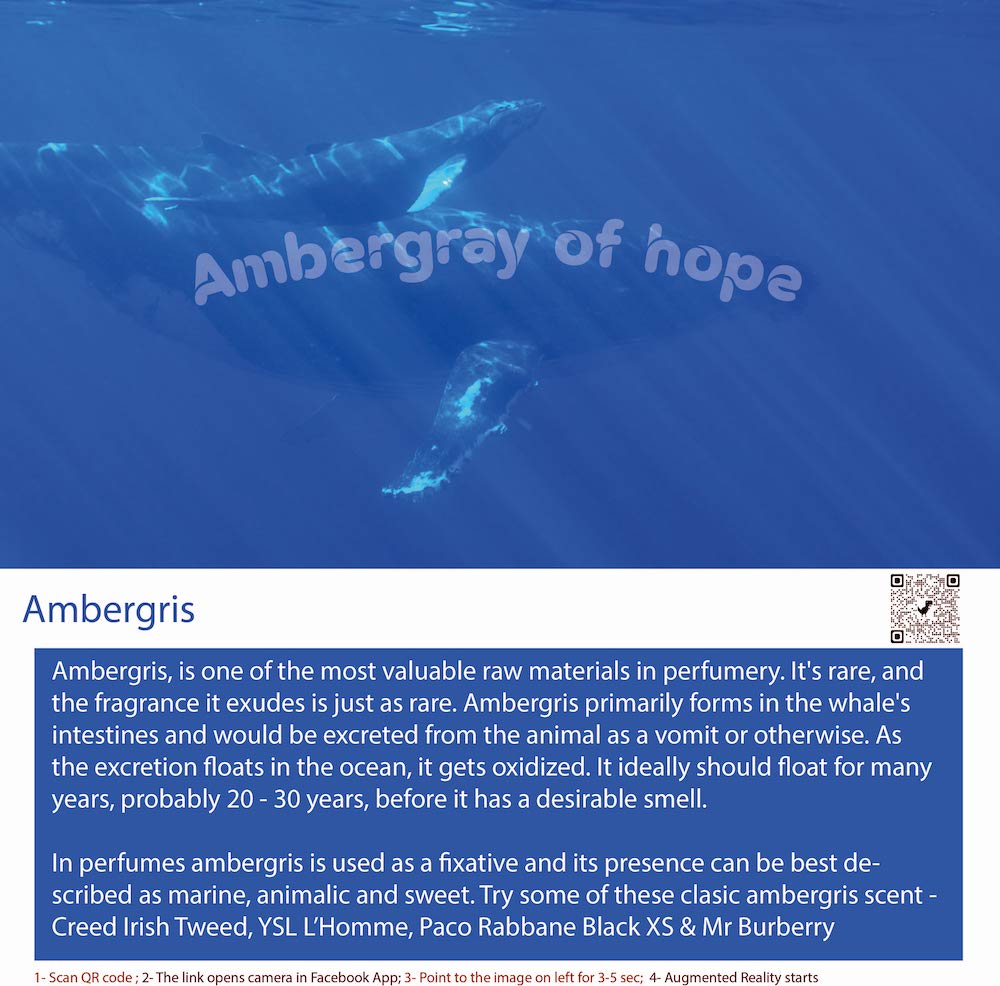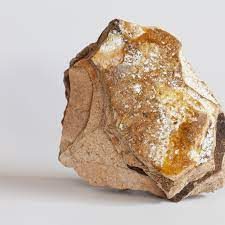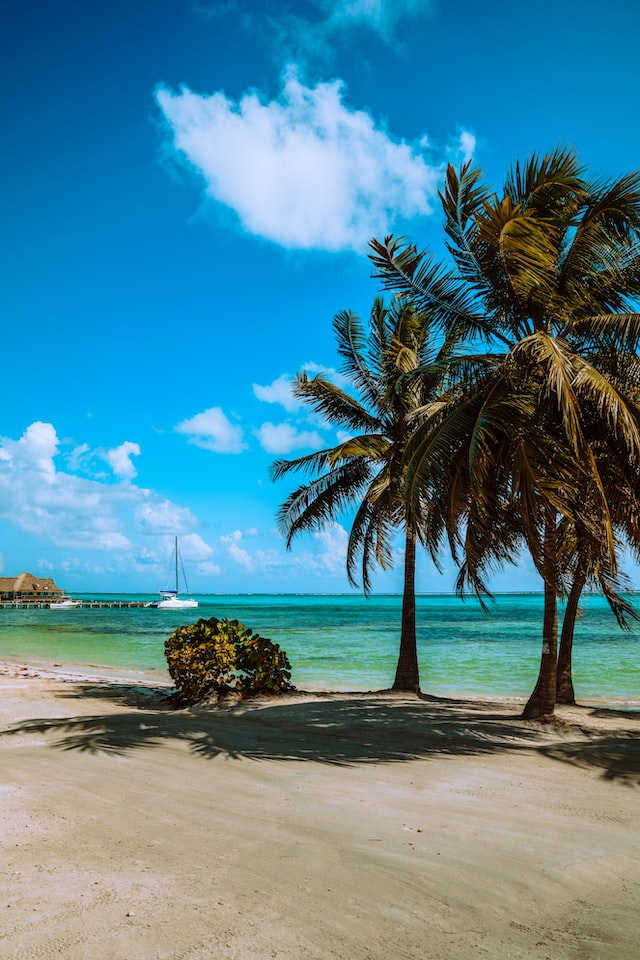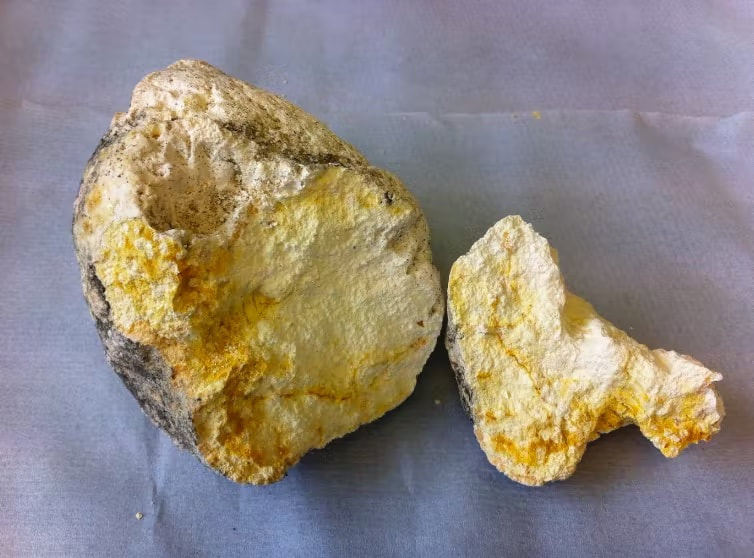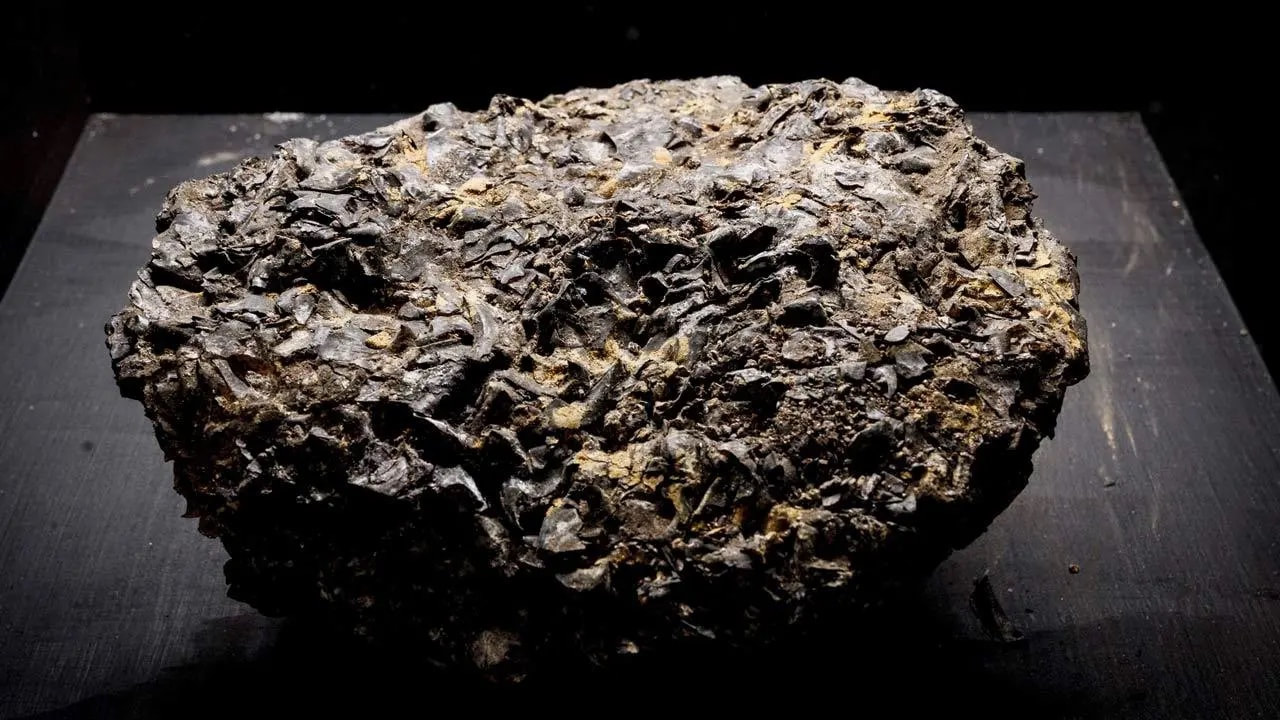Unveiling the Mystique of Ambergris Fragrance
Ambergris: The Enigmatic Treasure of the Sea
Ambergris, often referred to as the "floating gold" of the sea, is one of the most mysterious and sought-after substances in the world of perfumes, fragrance, therapeutic oils, and even the culinary arts. Its captivating scent, unique properties, and intriguing history have made it a prized ingredient and a subject of fascination for centuries. In this comprehensive article, we will explore the enigmatic world of ambergris, its uses, history, medicinal properties, and fun crazy facts.
Origins of Ambergris:
Ambergris is not a plant-derived substance like most other perfume ingredients; it is a waxy, greyish-black, or brownish substance produced by sperm whales (Physeter macrocephalus). The exact origins of ambergris have puzzled scientists for centuries. It is believed to form in the digestive system of the sperm whale as a result of their inability to digest the beaks of giant squid, which they commonly prey upon. Over time, these indigestible beaks accumulate and are coated with a fatty substance produced by the whale, eventually forming ambergris.
Properties and Scent:
Ambergris possesses a distinct and intoxicating scent that is often described as musky, earthy, and sweet with marine undertones. When freshly expelled, ambergris has a strong, fecal odor, but as it ages and matures in the ocean, exposure to sun and saltwater transforms it into a more pleasant fragrance. This transformation is one of the reasons why ambergris is so highly prized in perfumery.
Ambergris in Perfumes and Fragrances:
History and Mythology:
Culinary and Medicinal Uses:
Controversies and Ethical Concerns:
Ambergris has faced controversies and ethical concerns due to its origin. As it comes from sperm whales, which are protected species, the collection and trade of ambergris have been regulated in many countries to prevent harm to these magnificent creatures.
Fun Crazy Facts:
Ambergris, with its alluring scent, captivating history, and unique properties, remains one of the most intriguing and sought-after substances in the world of perfumery and fragrance. Its mystique and rarity make it a symbol of luxury and opulence, while its versatile use in perfumes, therapeutic oils, and historical significance have cemented its place as a timeless treasure of the sea. Despite ethical concerns and regulations, ambergris continues to fascinate, enchant, and inspire the world of scent, leaving an indelible mark on the art of perfumery and human imagination.
Ambergris, often referred to as the "floating gold" of the sea, is one of the most mysterious and sought-after substances in the world of perfumes, fragrance, therapeutic oils, and even the culinary arts. Its captivating scent, unique properties, and intriguing history have made it a prized ingredient and a subject of fascination for centuries. In this comprehensive article, we will explore the enigmatic world of ambergris, its uses, history, medicinal properties, and fun crazy facts.
Origins of Ambergris:
Ambergris is not a plant-derived substance like most other perfume ingredients; it is a waxy, greyish-black, or brownish substance produced by sperm whales (Physeter macrocephalus). The exact origins of ambergris have puzzled scientists for centuries. It is believed to form in the digestive system of the sperm whale as a result of their inability to digest the beaks of giant squid, which they commonly prey upon. Over time, these indigestible beaks accumulate and are coated with a fatty substance produced by the whale, eventually forming ambergris.
Properties and Scent:
Ambergris possesses a distinct and intoxicating scent that is often described as musky, earthy, and sweet with marine undertones. When freshly expelled, ambergris has a strong, fecal odor, but as it ages and matures in the ocean, exposure to sun and saltwater transforms it into a more pleasant fragrance. This transformation is one of the reasons why ambergris is so highly prized in perfumery.
Ambergris in Perfumes and Fragrances:
- Fixative: Ambergris is renowned for its ability to act as a fixative in perfumes, enhancing and prolonging the scent of other aromatic compounds. Its unique molecular structure allows it to bind with perfume molecules and slow down their evaporation, making the fragrance last longer on the skin.
- Base Note: In perfumery, ambergris is often used as a base note, providing depth, complexity, and a luxurious touch to the fragrance. Its warm and rich aroma complements floral, woody, and spicy notes, creating captivating and long-lasting scents.
History and Mythology:
- Ancient Trade Commodity: Ambergris has a long history as a valuable trade commodity. In ancient times, it was highly prized by cultures like the ancient Egyptians, Greeks, and Romans, who used it as incense, medicine, and even in culinary preparations.
- Ambergris in Mythology: In various cultures, ambergris has been associated with mythical creatures and divine beings. In medieval Europe, it was believed to be the solidified urine of dragons, and in Arab mythology, it was thought to be the product of underwater birds.
Culinary and Medicinal Uses:
- Culinary Delicacy: Historically, ambergris was used as a flavoring agent in perfumed foods and beverages, adding a unique and exotic touch to culinary creations. However, its use in modern cuisine has declined significantly due to its rarity and ethical concerns.
- Medicinal Properties: In traditional medicine systems, ambergris was believed to have medicinal properties and was used to treat various ailments, including stomach issues, skin conditions, and even as an aphrodisiac.
Controversies and Ethical Concerns:
Ambergris has faced controversies and ethical concerns due to its origin. As it comes from sperm whales, which are protected species, the collection and trade of ambergris have been regulated in many countries to prevent harm to these magnificent creatures.
Fun Crazy Facts:
- Floating Gold: The name "ambergris" originates from the French words "ambre gris," which means "grey amber." However, its nickname "floating gold" alludes to its rarity and immense value.
- Ambergris in Whiskey: In the 19th century, ambergris was used to flavor certain types of whiskey, adding a distinctive and luxurious aroma to the spirit.
Ambergris, with its alluring scent, captivating history, and unique properties, remains one of the most intriguing and sought-after substances in the world of perfumery and fragrance. Its mystique and rarity make it a symbol of luxury and opulence, while its versatile use in perfumes, therapeutic oils, and historical significance have cemented its place as a timeless treasure of the sea. Despite ethical concerns and regulations, ambergris continues to fascinate, enchant, and inspire the world of scent, leaving an indelible mark on the art of perfumery and human imagination.
To experience augmented reality, please open the Facebook-app using QR code and point to the image below
Experience the Essence of Fresh Whale Vomit Aroma
Ambergris is a waxy substance that is produced in the digestive system of sperm whales. It is often referred to as "whale vomit" because it is sometimes found floating on the surface of the ocean and can resemble vomit. However, ambergris is actually produced in the whale's intestine, where it forms around sharp objects that the whale has ingested, such as squid beaks.
Discover the Rare Luxury of Ocean-Inspired Perfumery
Ambergris has a musky, sweet scent and is used in the production of perfumes and fragrances. It is considered to be a very valuable ingredient in the fragrance industry, and it is often used as a fixative, which means that it helps to anchor the other scents in a perfume and makes the fragrance last longer.
Ambergris is not commonly found, and it is illegal to harvest ambergris from live whales. Instead, it is often found washed up on shore or floating in the ocean. Due to its rarity and value, ambergris can be quite expensive.
Ambergris is not commonly found, and it is illegal to harvest ambergris from live whales. Instead, it is often found washed up on shore or floating in the ocean. Due to its rarity and value, ambergris can be quite expensive.
Crafting Perfumes with Whale Vomit Ambergris
Ambergris has a musky, sweet scent that is often described as being similar to the scent of tobacco or aged whiskey. It is sometimes described as having a slightly animalistic or "marine" scent as well. The exact scent of ambergris can vary depending on its age and where it was found, as well as the individual perceiving the scent.
Ambergris is used in the production of perfumes and fragrances due to its ability to fixate and enhance other scents. It is often used as a base note in perfumes, which means that it is a scent that is present throughout the life of the perfume and helps to anchor the other scents. It is often paired with other warm, sweet, and spicy notes, such as vanilla, patchouli, and sandalwood, to create a rich and complex fragrance.
Ambergris is used in the production of perfumes and fragrances due to its ability to fixate and enhance other scents. It is often used as a base note in perfumes, which means that it is a scent that is present throughout the life of the perfume and helps to anchor the other scents. It is often paired with other warm, sweet, and spicy notes, such as vanilla, patchouli, and sandalwood, to create a rich and complex fragrance.
Ambergris: Nature's Gift from the Ocean
If you are looking for a perfume that contains ambergris, you may want to check the ingredient list on the perfume bottle or packaging. Some perfumes that are known to contain ambergris include Chanel No. 5 and Shalimar by Guerlain.
owever, it is important to note that ambergris is a rare and expensive ingredient, so it may not be found in all perfumes.
In addition to being used in perfumes, ambergris is also sometimes used in the production of scented candles, incense, and other fragrance products. It is known for its warm, sweet, and slightly musky scent, which is often described as being similar to the scent of tobacco or aged whiskey.
owever, it is important to note that ambergris is a rare and expensive ingredient, so it may not be found in all perfumes.
In addition to being used in perfumes, ambergris is also sometimes used in the production of scented candles, incense, and other fragrance products. It is known for its warm, sweet, and slightly musky scent, which is often described as being similar to the scent of tobacco or aged whiskey.
Ambergris: A Fascinating Ingredient in Perfume Making
It is often referred to as "whale vomit" because it is sometimes found floating on the surface of the ocean and can resemble vomit. However, ambergris is actually produced in the whale's intestine, where it forms around sharp objects that the whale has ingested, such as squid beaks.
Ambergris is not commonly found, and it is illegal to harvest ambergris from live whales. Instead, it is often found washed up on shore or floating in the ocean. It can be difficult to identify ambergris, as it can resemble other types of debris, such as plastic or rocks.
If you think you may have found ambergris, it is important to handle it with care and to consult with an expert to confirm its identity. There are a few key characteristics that can help to identify ambergris, including its musky scent, its waxy texture, and its ability to float in water. However, it is always best to seek the guidance of a professional before attempting to handle or sell ambergris.
Ambergris is not commonly found, and it is illegal to harvest ambergris from live whales. Instead, it is often found washed up on shore or floating in the ocean. It can be difficult to identify ambergris, as it can resemble other types of debris, such as plastic or rocks.
If you think you may have found ambergris, it is important to handle it with care and to consult with an expert to confirm its identity. There are a few key characteristics that can help to identify ambergris, including its musky scent, its waxy texture, and its ability to float in water. However, it is always best to seek the guidance of a professional before attempting to handle or sell ambergris.
Join Scentopia, Sentosa's latest tourist attraction wonderful orchid scent crafting, fragrance tour, bridal shower or corporate team building which includes perfume making onsite and offsite, beach activities and more. We also serve primary school learning journey, secondary students and pupil on industrial excursions. Know more about our orchids perfume bar or therapeutic orchid scents and other wellness aromas. Conatct Perfume workshop or book a scent crafting session here.

